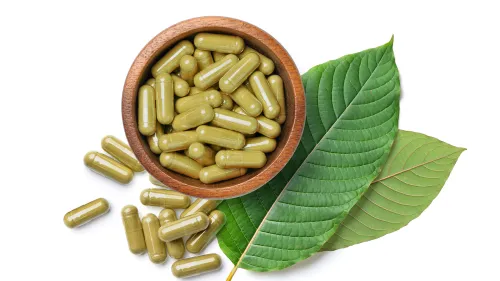From Powder to Capsules Understanding the Different Kratom Forms
Kratom, a tropical tree native to Southeast Asia, is known for its medicinal properties and has gained popularity in various forms for different uses. Traditionally, the leaves of the kratom tree were consumed fresh or dried, but in modern times, it has been processed into multiple forms to cater to different preferences and needs. Understanding these different forms can help users determine which is best suited to their individual requirements. The powdered form of kratom is one of the most common and widely available. Kratom leaves are dried and ground into a fine powder, making it easy for users to adjust their dosage and mix the powder into drinks, food, or capsules. This form allows for flexibility, as it can be consumed directly or incorporated into other substances, depending on the user’s preference. One downside of powder is its somewhat bitter taste, which may be off-putting for some individuals.

Kratom capsules, another popular form, offer convenience and ease of use. These capsules contain pre-measured doses of kratom powder, which eliminates the need for measuring and mixing. For many, capsules are a preferred option due to their portability and discreet nature, as they can be taken without any need for preparation. However, different types of kratom one downside to capsules is that they may take longer to take effect since they need to be digested first, which could delay the onset of the kratom’s effects. Extracts are a more concentrated form of kratom, created by boiling down kratom leaves or powder into a thicker consistency. These extracts can vary in potency and are often used by individuals who seek stronger effects or a more potent dosage. Kratom extracts come in various forms, including liquid, resin, and powder, and can be consumed directly or mixed with food or beverages. While extracts provide a more powerful effect, they can be more expensive and may be too intense for first-time users.
Another form of kratom is kratom tinctures, which are typically made by dissolving kratom extracts in alcohol or another solvent. These tinctures offer a highly concentrated and potent form of kratom and are consumed in small doses, often using a dropper for precise measurement. Tinctures are particularly appealing for those who prefer a quicker onset of effects as they are absorbed through the mucous membranes in the mouth, bypassing the digestive system. Kratom resins are another potent form that involves the reduction of kratom extracts into a sticky, tar-like consistency. This form is also concentrated and can be quite strong, making it suitable for experienced users. Resin is typically consumed by dissolving it in hot water or mixing it with food, but it is not as common as other forms due to its strong nature and the amount of preparation required.